Humidifiers are a great way to add moisture into the air. This way, you can avoid all the irritation that dry air can bring. Like most machines, there comes a time where something's not right. Is your humidifier leaving white dust? If you're confused about what to do, let's find out!
If your humidifier leaves white dust particles on furniture pieces or other surfaces, it happens because of the mineral content in the water. So, the first culprit would be the water you're using.
Avoiding this situation involves using distilled water instead of water from the tap. Otherwise, you will have to find a way to soften the water before it goes into the humidifier.
Now that we know that white dust forms from the minerals present in the water, how bad is the situation? Are there are repercussions from inhaling it? Are there other things that can cause white dust to form? These are some of the issues that we cover in-depth. If you'd like to learn more, keep reading ahead.

Stopping the Dust
If we want to prevent white dust from coming out of the humidifier, we have to stop it at the source.
What Is the White Dust From My Humidifier?
So, what exactly is the white dust settling on various surfaces? It's a by-product of the minerals present in the water you use. Though, that depends on the source of the water. If you're filling the humidifier with water from the tap and the humidifier is spreading white dust, you most likely live in a hard water area.
Why does that matter? It matters because hard water has high mineral content. Meaning, it's water that has an excess of calcium and magnesium. Water that doesn't carry a surplus of these two minerals is called soft water.
So, if you want to avoid having your humidifier leave white dust, you need to use soft water. The other option you have is to use distilled water. But, what's the difference between the two?
A water softener will remove magnesium and calcium from mineral-rich water - thus creating soft water. However, that doesn't mean it's clear of all impurities. Soft water will still carry sodium salts and small traces of minerals.
On the other hand, distilled water goes through a distillation process. In other words, it is heated into a vaporous state - then condensed back into a liquid form. Thus, it produces water that is pure.
Regardless, using distilled or soft water in your purifier will prevent it from leaving white dust.
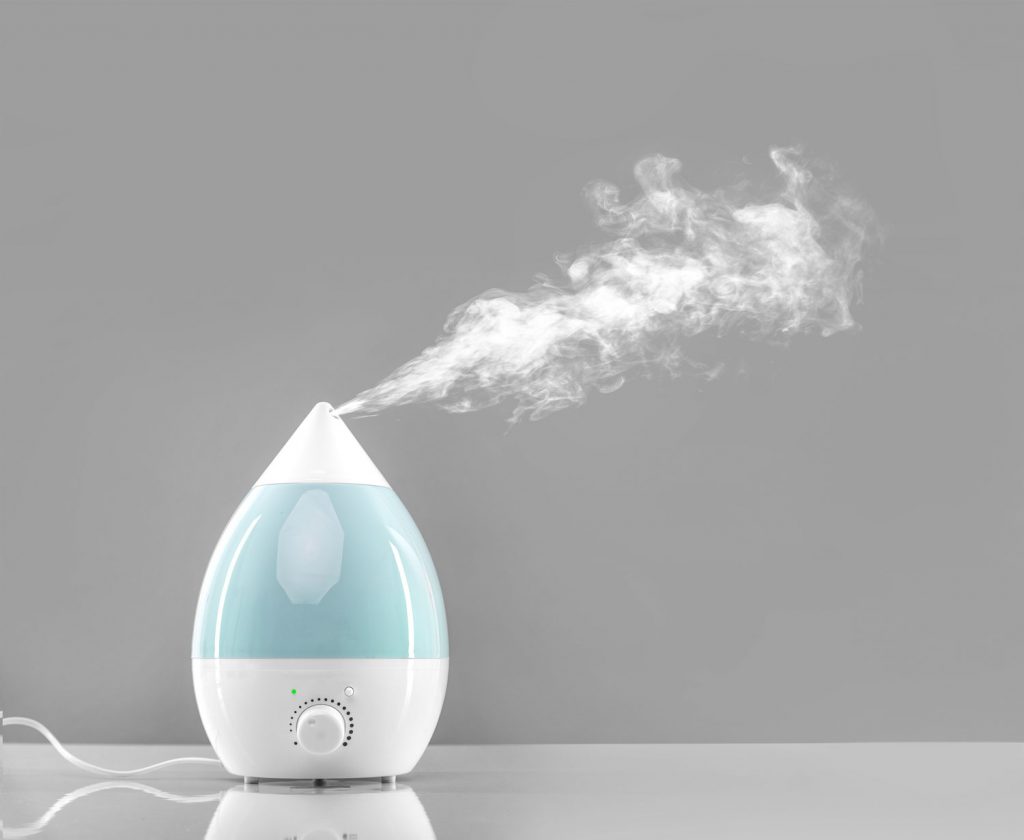
Water Softeners
What if you don't want to purchase distilled water? How can you compromise if you still want to use water straight from the tap? Then, you might have to consider buying another humidifier that includes a mineral cartridge.
Mineral cartridges will absorb minerals from the tap water. Thus, it essentially acts as a water softener - leaving you with less of a chance you'll see white dust.
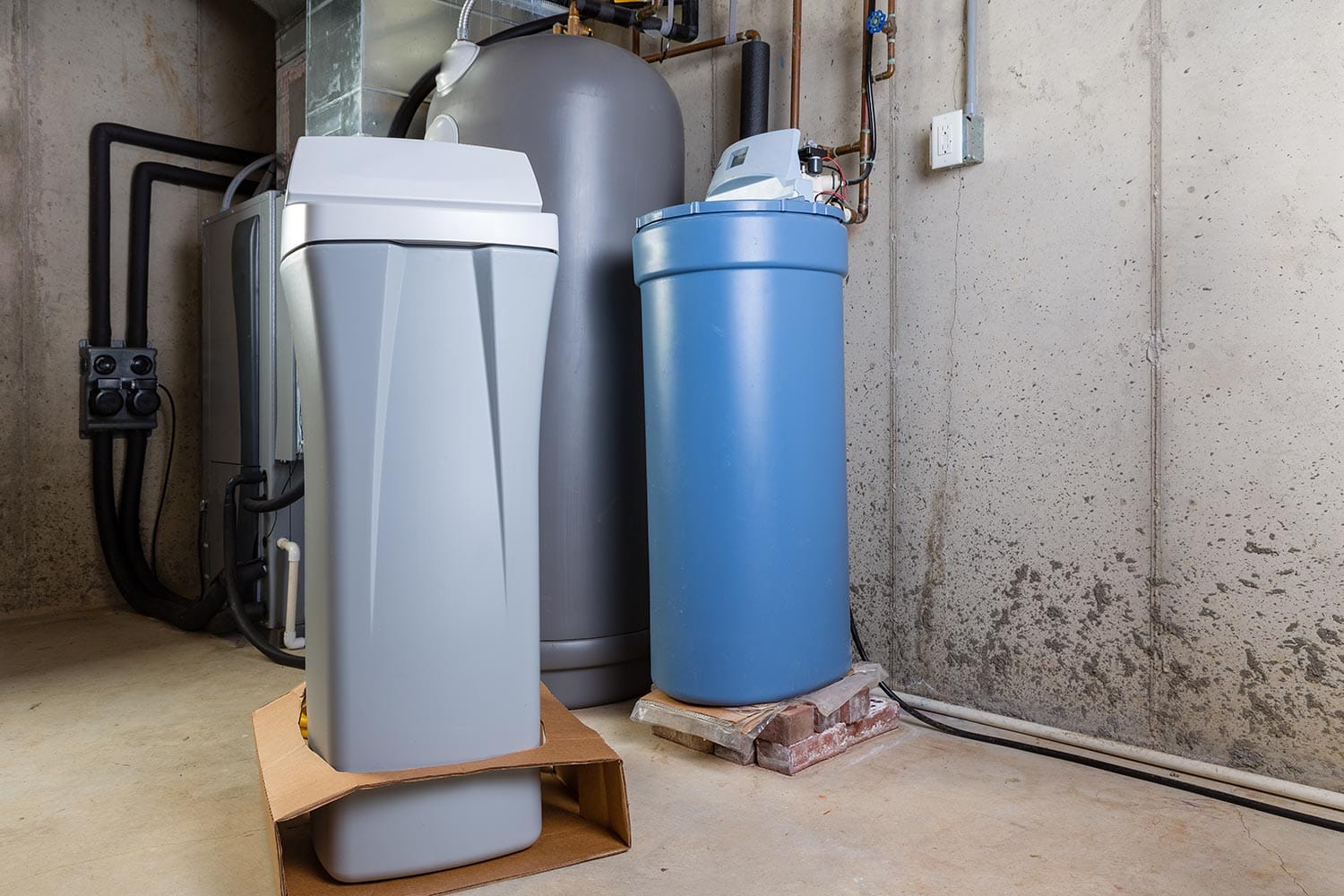
If you want to take it a step further, you should consider purchasing a water softening system. It's an expensive option that could be useful for other appliances in your home - like the laundry machine and dishwasher. Some would suggest considering getting one if the water hardness in your area is greater than seven grains per gallon.
You'll have to test your water with a test kit to determine if you need one. Still, the more cost-efficient option would be to use a humidifier that includes a mineral cartridge.
Switching Humidifiers
There's another alternative you can consider. You can go for a warm-mist humidifier. Warm-mist humidifiers are highly unlikely to leave white dust.
It works by using a heating element to boil water and make steam. It's great if you want to reduce germs and bacteria. Additionally, it also operates relatively quietly. They do present danger because of how hot they can get.
Lastly, it also uses a high amount of energy. Still, there are a few problems that you can run into if you opt to go with this option. While the humidifier won't spread white dust, that means there will be a mineral build-up in the machine over time.
To compensate for this, you'll have to stay on top of maintenance. Meaning, you'll want to clean the humidifier routinely. This way, there won't be enough build-up to damage the humidifier.
Water Treatment
If you'd like to keep using the same humidifier, humidifier water treatments are the last option you have to consider. Some will refer to them as water conditioners. It's a formula that will prevent limescale and build-up. Regarding white dust, it will bond itself to the minerals before it is released into the air.
Click here to see this water conditioner on Amazon.
Is It Bad To Breathe In White Dust From a Humidifier?

There isn't a conclusive answer suggesting that breathing in the white dust is a problem. Some will claim that is a nuisance at most - but it's not harmful. Others will propose the contrary. It will become a problem for children or people with respiratory issues.
In one case, an infant developed serious lung injuries. The cause is the inhalation of white dust. Some doctors also point to respiratory illnesses caused by inhaling white dust. However, it's not just the white dust that can cause ailments.
The big problem with humidifiers is not the white dust per se. While they turn water into mist, the problem is that humidifiers turn whatever is present in the water into mist too. Meaning, minerals, mold, and bacteria will become airborne.
Thus, you'll have to stay on top of maintenance if you want to succeed with using a humidifier. You'll need to clean it often - staying away from using harsh chemicals.
How To Clean Humidifier With Vinegar
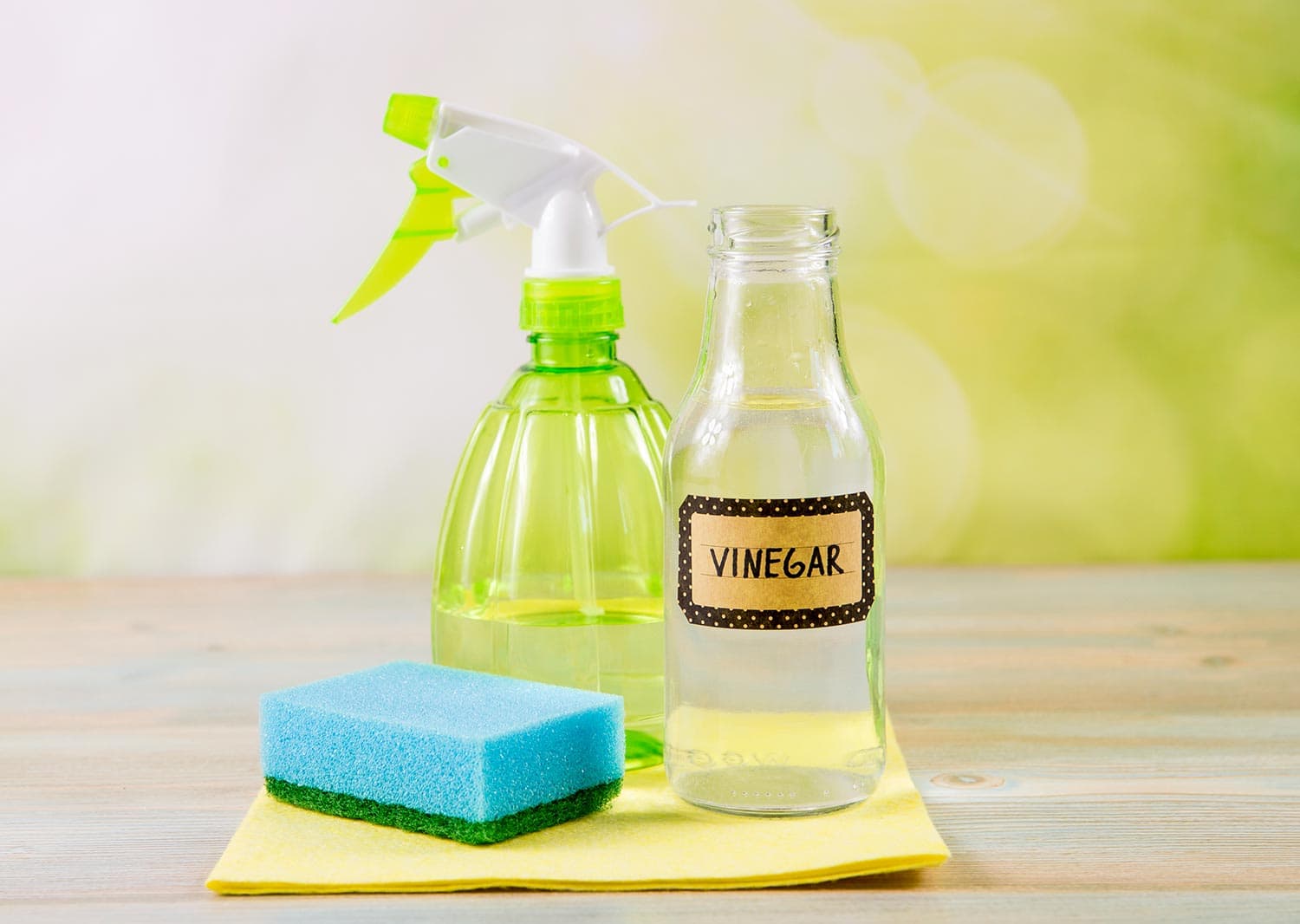
Now that we have all the information regarding white dust, it's time to learn about cleaning a humidifier. You'll want to begin by unplugging the machine first. If you own a warm-mist humidifier, you'll need to wait around 30 minutes for it to cool down.
Since we're using vinegar, fill the base with 1 cup of water and 1 cup of vinegar. If you're not comfortable using this much, you can also use 2 tablespoons of white vinegar and 17 fluid ounces of water. Make sure to also fill the reservoir with this much of the solution.
Let the vinegar mixture sit in the base and reservoir for 20 minutes if you're in a hurry. Otherwise, let it rest for an hour. This way, you ensure it disinfects and loosens any mineral deposits inside.
After this period, rinse the base and reservoir until it doesn't leave a smell. You should be free to use the humidifier again!
Alternative Cleaning Method
Of course, sometimes we don't have time to wait! So, if you want to clean the humidifier in a hurry, we can use mild dish soap as an alternative. Let's go over how to clean a humidifier without vinegar.
Start by dumping out of the water from the reservoir - if it has any. Next, you'll have to fill it with fresh and cool water. Add in a few drops of mild dish soap while filling it up. Using a sponge, scrub away at any white water lines. The lines are mineral deposits.
As mentioned above, water conditioners will help prevent this from building up in the reservoir. Take out the filter - if it has one. Refer to your owner's manual if you don't know where to locate it.
Rinse it under the faucet and rinse away any mineral deposits. Let it air dry on a paper towel until it's dry entirely. As soon as all the parts are dry, you're free to assemble them back together.
How Often Should You Clean a Humidifier?
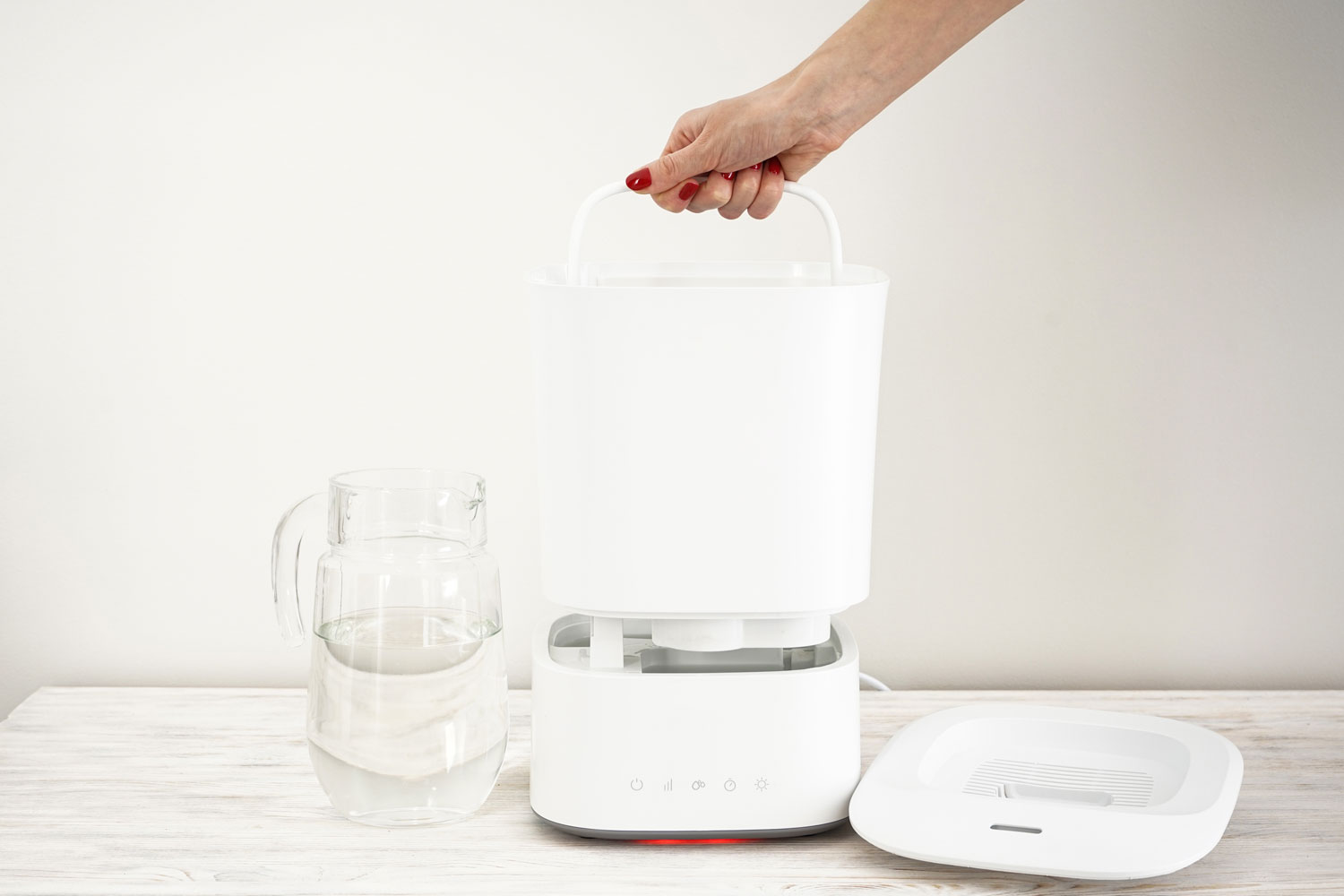
Two factors contribute to how often you'll need to clean the humidifier. The hardness of your water and how frequently you use the machine will determine your cleaning routine. In general, you should clean the humidifier every week. However, the EPA recommends you clean it every third day.
Some would suggest cleaning the water basin after each use. Meaning, you'll have to rinse it with soap and water every day. If it's not in use, make sure to empty the water basin and dry it. This way, mineral deposits won't form inside.
Once you're ready to use it again, clean it again before use. Using distilled water will reduce the amount of grime you'll need to clean. The reason is that it doesn't contain as many minerals as your typical tap water does. Still, that doesn't mean you can neglect maintenance.
Final Takeaway
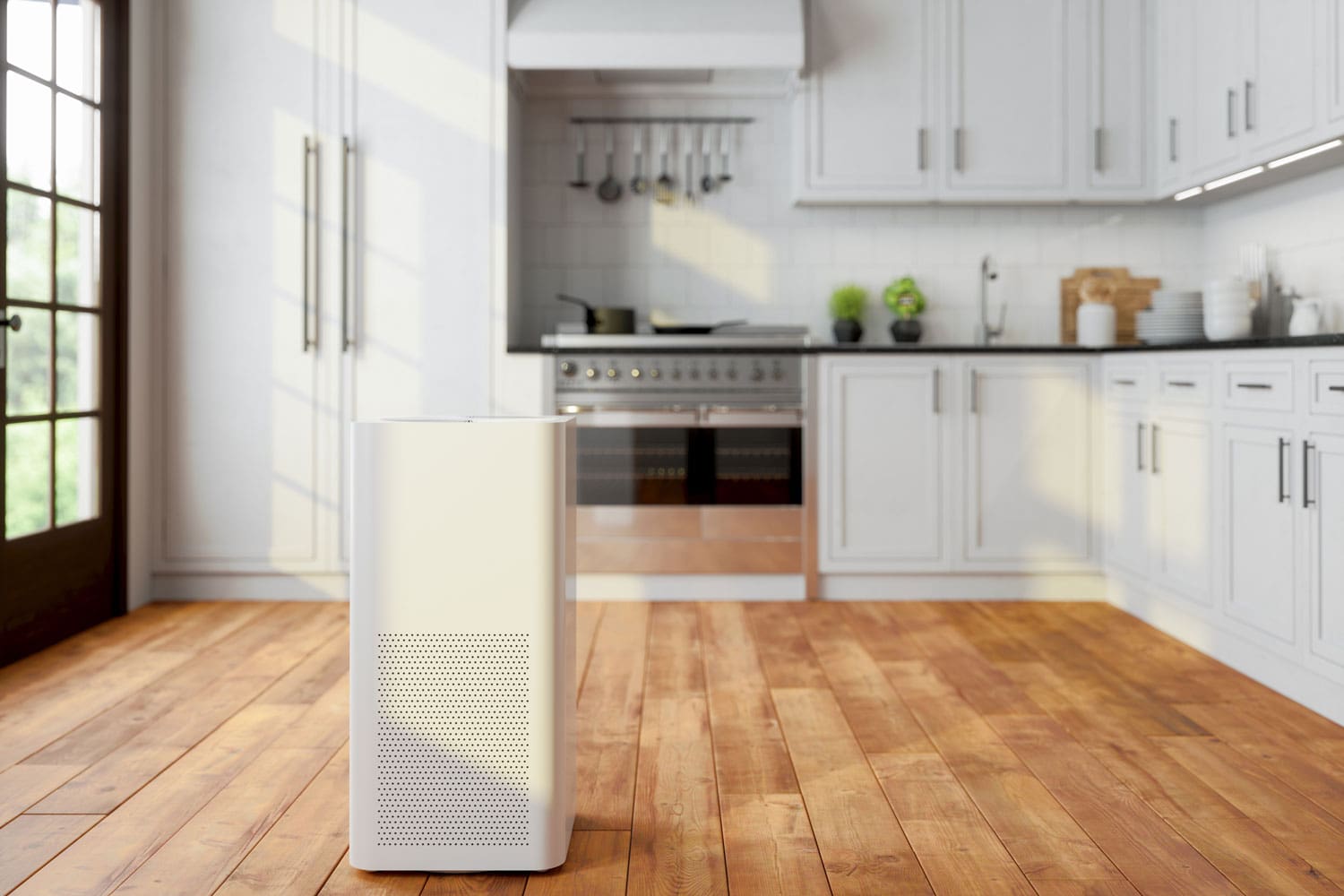
Even though humidifiers are effective for treating dryness in many areas, there's a lot of responsibility that comes with it. As we've learned, you shouldn't just use any water. Distilled water would work the best in a humidifier to reduce white dust. But, if you want to keep using tap water, you need to keep up with maintenance.
We hope you found the information above helpful! Before you go, do you have other humidifier concerns? If you're worried about how long you're using one, check out our post - How Long Should Humidifier Be On?
Are you worried white dust isn't the only nuisance the humidifier is causing? It might also damage your furniture! If you'd like to learn more, check out our post - Do Humidifiers Damage Furniture?

